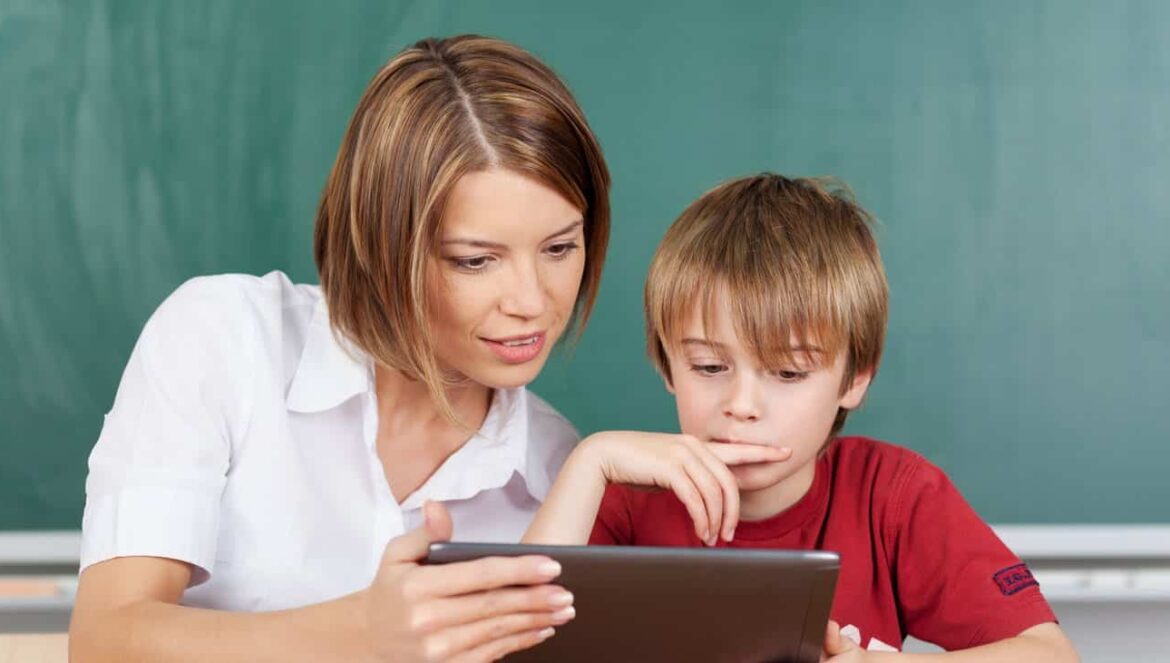Table of Contents
Is the emphasis on technology going too far?
edCircuit Breakdown
A high-poverty school in Colorado is trying to turn student outcomes around through personalized learning. It has been tough sledding with mixed results, but one outcome nobody predicted is that it gives students with chaotic lives a sense of control, making school, in some cases, the only real safe space in their lives.
As tech entrepreneurs fight for a piece of the action in the EdTech land grab, personalized learning is a buzzword many of them are going after. The problem is that education is one of the lowest rated industries likely to be taken over by automation because the human interaction of teaching is too important. Many times, when entrepreneurs are asked how their products work, their answers are insufficient. “Rather than answering the question, lazy entrepreneurs too frequently offer vacuous references to companies like Amazon and Netflix,” writes Tony Wan at EdSurge. They assume that parents, educators and yes, reporters will give learning technologies the same benefit of the doubt that we afford to a movie or online shopping recommendation engines. This is a mistake.”
Some people trace the mixed outcomes of personalized learning back to a reliance on a study done in 1984 that is frequently quoted by personalized learning champion and backer, Mark Zuckerberg, and how relevant that study is to education today.
edCircuit Analysis
Personalized learning is being touted in some circles as a cure-all for education, especially for improving education outcomes for struggling students. True personalized learning that involves one-on-one tutoring or the teaching of students in small groups where the educator can intervene more individually with students than larger lecture setups does show promising results.
 But the introduction of technology into the personalized learning mix is where educators and technologists need to find common ground and take a close look at the actual results. Some technologists would have you believe that plopping a kid in front of their new app will make her a genius without any human teaching.
But the introduction of technology into the personalized learning mix is where educators and technologists need to find common ground and take a close look at the actual results. Some technologists would have you believe that plopping a kid in front of their new app will make her a genius without any human teaching.
In her article on personalized learning, Welda Simousek writes, “In personalized learning settings, teachers assess students’ strengths, needs, and interests to better align their teaching with each student’s learning profile while maintaining high standards. This can be accomplished through a variety of methods.”
Those methods include things like flexible student groupings, an adaptive classroom to change depending on student needs, and involving students in discussions about their goals and how to reach them. Using technology to teach is not mentioned, and rightfully so.
Clearly, technology has a place in education moving forward, but educators have to remember to pump the brakes when tech entrepreneurs try to convince them that their particular technology is going to radically change the lives of teachers and students by personalizing the teaching process through automation.
Author
 Jim Reams is a marketing, communications and strategy consultant with over 25 years experience in both in-house and agency settings. He has specialized in EdTech and the education industry since 2009. He has a BA degree from the University of North Texas.
Jim Reams is a marketing, communications and strategy consultant with over 25 years experience in both in-house and agency settings. He has specialized in EdTech and the education industry since 2009. He has a BA degree from the University of North Texas.


